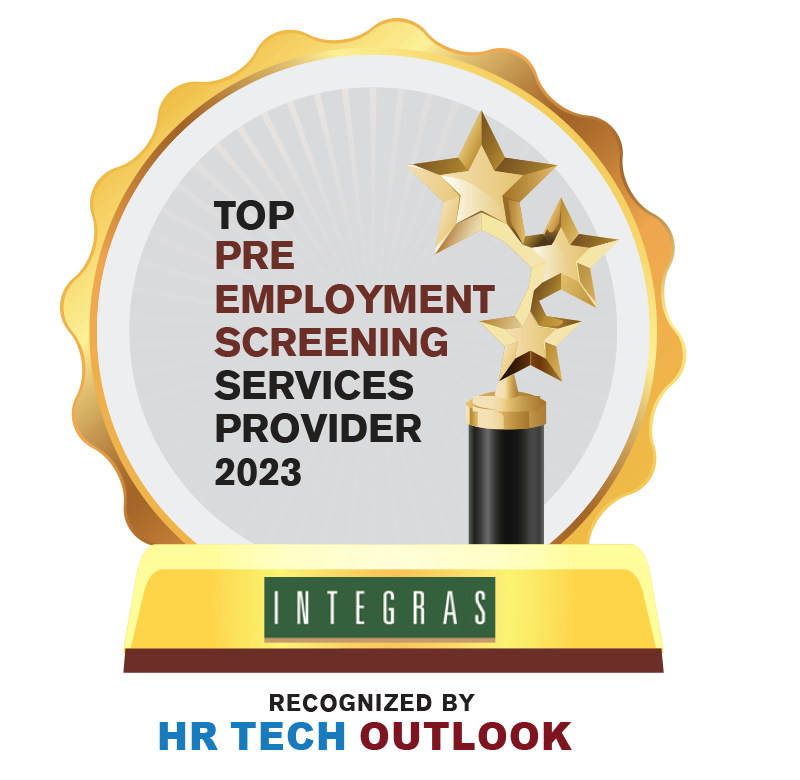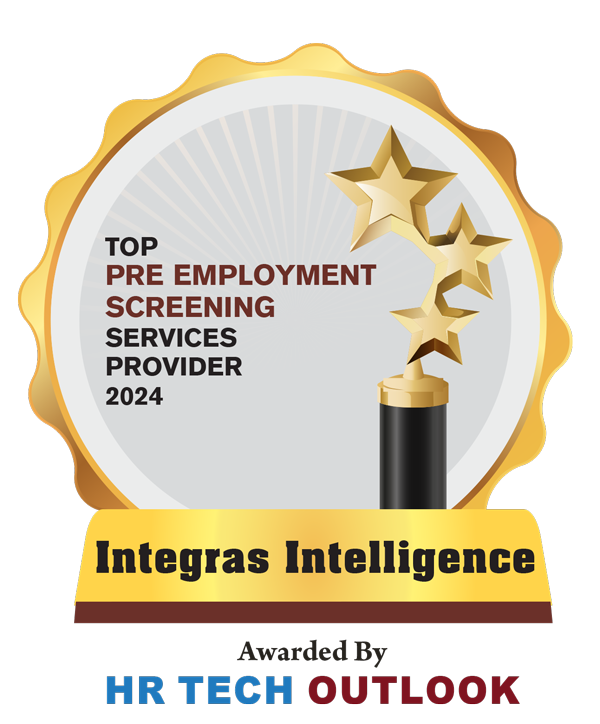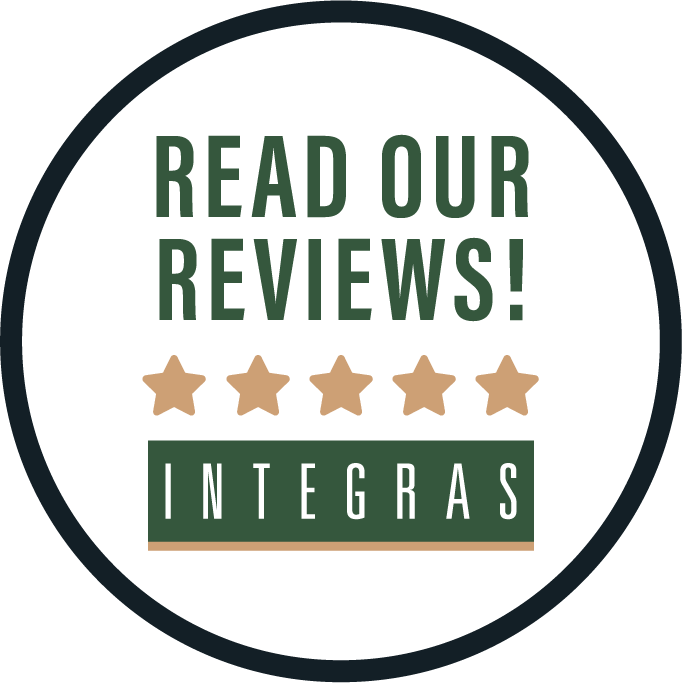
Does any writing form induce more yawns than the report? While memos tend to be dull, they’re generally brief. Modern white papers now include attractive infographics and other eye candy. But reports . . . The word conjures up all sorts of negative associations, from the dreaded book reports of junior high to dull government documents that span hundreds of pages.
What reports lack in excitement they make up in utility. These hard-working documents convey serious information, with a wide range of applications. And even in today’s age of emails and instant messaging, the ability to craft a well-written report remains a valuable skill.
Why?
To start, a solid report conveys the following:
- Respect for the reader
- Strong organizational skills
- Excellent command of the written word
- Professionalism and attention to detail
Report Writing Tips
All writing projects need to start with the reader in mind. Who will read this document, and why? What does the reader care about or need to know? Answering these questions will provide focus and guidance on what information to include, as well as what to leave out. For instance, if the report assesses various software solutions, one section might address selection criteria for the contenders, while another explains the evaluation process.
Equally important, report writers should consider the reader’s mindset. Because it represents the culmination of hours—if not weeks or months—of research and mental processing, the document typically inspires a certain pride in authorship. For the reader, however, a report represents yet another demand on his already-limited time. Wherever possible, look for ways to make it easier for the reader to get the information he needs.
The following practices will improve the readability of your reports:
- Summarize the contents. Introduce the report with an executive summary that identifies the purpose and captures the findings. Do the same for each section, letting the reader know what to expect. This practice, which hearkens back to early writing composition classes, reinforces the main points of the report. With today’s glut of information, these summaries may be the only thing the reader actually views.
- Organize the document. Divide the report into sections, complete with descriptive subheads. A page full of text—devoid of images, captions or other visual relief—offers no place for readers to focus. Subheads—including numbering conventions, if appropriate—offer reading cues; these divisions also make it easier to locate information on subsequent readings. Add a table of contents for even greater usability.
- Show, don’t tell, where possible. Certain types of information, like data, are best communicated with visual representations: tables, charts, graphs, etc. Use a graphic format to capture the specifics, and present analysis and insights in the report text. When explaining a complex concept or process, consider whether a visual aid, such as a flowchart or infographic, might help the reader.
- Call attention to main points. Bullet points, callout quotes and sidebars grab the reader’s attention, while breaking up uninviting blocks of text. Employ these tools to emphasize key takeaways. Even a casual reader will usually read these sections, so make them count. Highlighting a random sentence purely for visual effect can confuse a reader and undermine credibility.
- Use active verbs. Granted, reports don’t naturally encourage creative expression, which is why many people default to using passive verbs. While this just-the-facts approach gets the job done, it usually takes more words, which wastes the reader’s time. Passive language also tends to be dry and boring, which discourages actual reading. Choose nouns and verbs with care. Whether you’re writing a report or an email, readers will appreciate the concise, clear communication.
- Proofread the document. This tip may sound like a no-brainer, but careless errors look sloppy and unprofessional. Such lack of attention makes readers wonder where else the writer may have cut corners. Spell checkers are not infallible. Read the report from start to finish, ideally in hard copy. Better yet, read the document backward. If a reliable resource is available, ask a colleague or assistant to proofread the report, but keep in mind whose name will go on the finished product.












